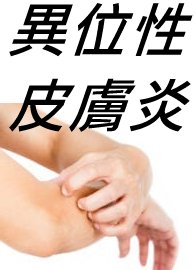| title | Maijing |
| or | Pulse Classic |
This book consists of ten volumes and 97 chapters, elucidating 24 types of pulse manifestations and discussing zang-fu organs, meridians and collaterals, disease patterns, treatment principles, prognosis, etc. It was compiled by Wang Shu-he during the Western Jin Dynasty. This is the first extant specialized book on pulse studies in the history of Chinese medicine, summarizing the knowledge of pulse studies in China before the 3rd century AD. Maijing begins by stating, "The principles of pulse are subtle and difficult to discern," and "easy to understand in the mind but hard to clarify under the fingers." Maijing was precisely compiled to address these challenges.
Maijing, although a work that synthesizes previous achievements in regularly intermittent pulse studies, holds a significant position in the history of Chinese medical development due to its concise and focused content, making it easy to learn. It has had a profound impact both domestically and internationally. For example, the Tang Dynasty's Imperial Medical Bureau made it a compulsory course, and Japanese ancient medical education, modeled after the Tang system, naturally followed suit. After its completion, the book gradually spread to the Tibetan region of China, greatly influencing related disciplines in Tibetan medicine. Through this, Chinese pulse studies were introduced to India and subsequently to Arab countries, also influencing the development of pulse studies in Western Europe. For instance, in the Persian medical encyclopedia The Treasure of Chinese Science of the Ilkhan (13th to early 14th century) compiled by R. A. Al-Hamdani (1247?1318) in ancient Persia (Iran), the name Wang Shu-he appears, and the content on pulse studies is similar to that in Maijing. The content on pulse studies in the Canon of Medicine by the medieval Arab medical sage Avicenna (980?1037) is also largely similar, demonstrating the profound influence of Maijing in the history of medical development both domestically and internationally.
The Old Book of Tang records Maijing in two volumes, but by the early Song Dynasty, the book was on the verge of being lost. During the Song Dynasty, Lin Dang and others, while collating medical texts, discovered this book and revised it by removing redundancies and supplementing missing parts. The earlier extant versions include the Guangqin Shutang edition from the third year of Tianli. Subsequently, through the Ming and Qing dynasties up to modern times, various editions, including block-printed and typeset versions, have amounted to dozens. Among them, the Shoushan Ge Congshu edition from the Qing Dynasty is particularly influential. After the founding of the People's Republic of China, there have been lead-printed editions by the Commercial Press, as well as photolithographic editions by the People's Medical Publishing House, Shanghai Health Publishing House, and Shanghai Science and Technology Publishing House.






